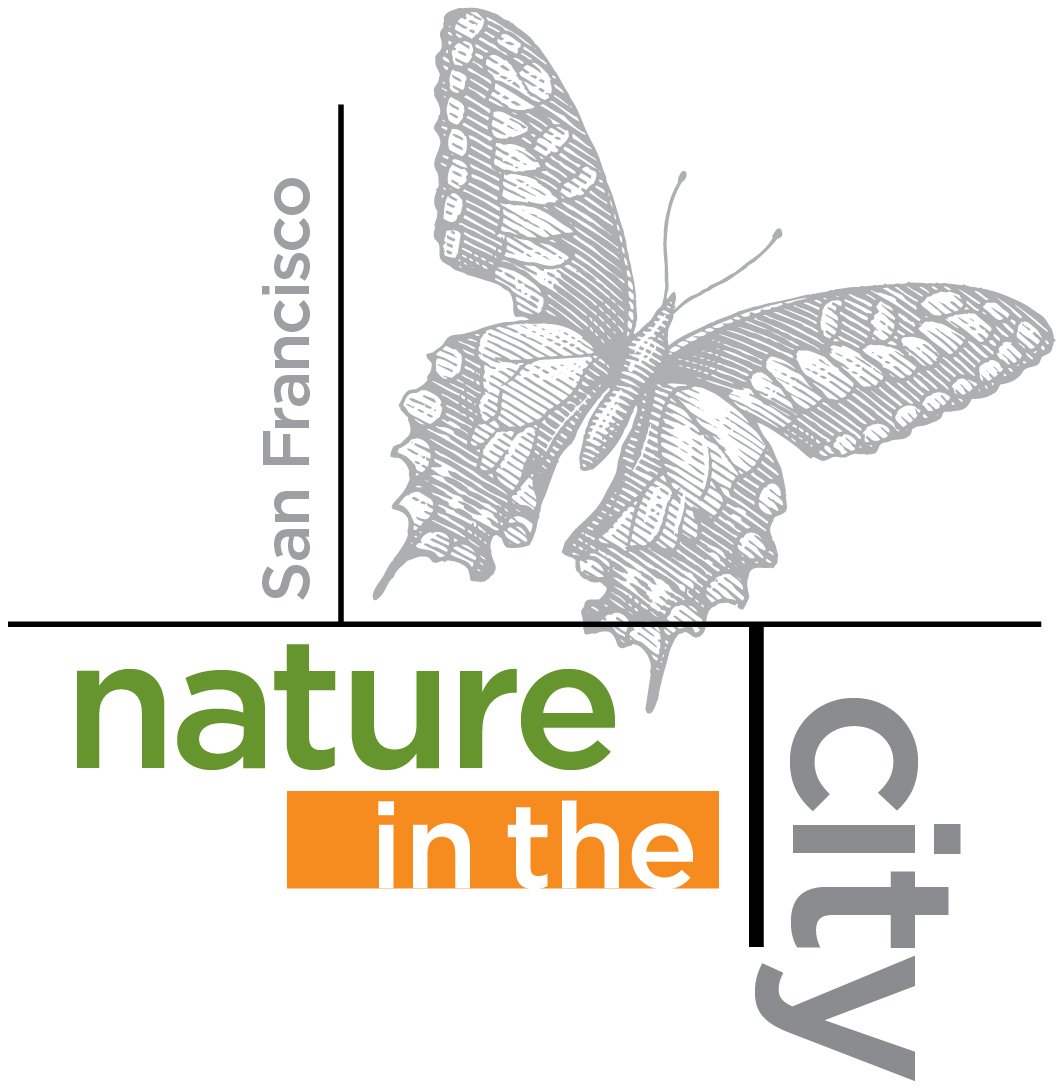Amidst Historical Fires, How Has California’s Ecology Fared?
While nature is protected within San Francisco in many ways from natural disasters, how have our local ecosystems outside of the cities fared during the recent fires? The ecology of California is fire-adapted, meaning many species can withstand, or even depend on, the natural cycle of wildfires caused by our dry, warm summers. Indigenous people once used and still use in many places today controlled burns to make the land more productive, diverse, and safe from future fires. Wildfires have a place in bringing out an element of life and ecological richness that is otherwise lying dormant.
That being said, the record-breaking burns of recent history are nothing short of devastating. Loss of homes, lives, structures, and an already dwindling wildlife habitat, paired with foreboding smokey skies, can make it feel like everything is going wrong. But as time passes, the skies clear and fires burn out. As we remember what we have lost, we may also be pleasantly surprised and inspired by the ecological resilience of the environment in recovery. The ability of nature to bounce back and adapt is being tested not just by the fires but also increasingly by climate change. Weeks after flames have subsided, and smoke has cleared, experts have been able to assess the damage or, as they see it, just as often, a chance for new life.
The SCU Lightning Complex burned 396,624 acres, equivalent to thirteen times the area of San Francisco. On the southern edge of the fire, an estimate of two-thirds of Henry W. Coe State Park, the largest state park in Northern California, was burned. One would imagine this to be devastating, but as the park reported in their newsletter The Ponderosa, the land of Coe is built to burn. Fires burned in a mosaic pattern, leaving pockets of unburnt vegetation for wildlife refuge. The oak woodland and chaparral communities benefited from the low-intensity understory fire, which will clear crowded vegetation and leaf litter that represses seedling growth. Several endemic seeds in California germinate from fire stimulation, either from heat or smoke. Many of these species are annual wildflowers, so 2021 is sure to be the perfect year for a super bloom.
In another instance of perseverance, it seems as though the ancient redwood stands of Big Sur have survived the Dolan fire, with recovery expected. The resilience of coastal redwoods is due to several advantageous adaptations, including traits like aggressive vertical growth (making for very high canopies) and thick, sponge-like bark. But how resilient is the wildlife in these areas? We can look at perhaps one of the most fragile native species, the California Condor, as an example. Conservationists have been working amidst many obstacles, such as poaching and poisoning, to bring back the condor. Currently, there are about 488 individuals in California and are still one of the rarest birds in the world. While habitat was damaged during the recent CZU lightning complex, many surviving nests with condor fledglings are being found up high in redwoods. This relationship shows how the resilience of the coastal redwoods plays a significant part in the adaptations of the wildlife living around them.
How has wildlife fared overall during these seasonally increasing fires? Species that have lived in California for a long time, both plant and animal, are adapted to fires happening in their ecosystems. Our Mediterranean climate leaves the landscape dry and vulnerable in the Summer and Fall. When burns occur, new growth is stimulated, and the opportunity for diversity expands as new pockets of habitat become available. The relationship of wildlife to fires can be positive. As recently reported in Bay Nature, a couple of years after the historical Sonoma fires, researchers have seen a "bee boom" from the increase in wildflowers that have bloomed post-burn. The access to nutrients and sunlight due to the fires has meant that pollinators have more access to food, and we all have more access to the beautiful Spring displays that California has to offer.
Fires, like other natural disturbances in the environment, test all of our ability to adapt and recover from disasters. When natural events like storms, fires, and floods are combined with factors such as global warming, human development, and habitat loss, these occurrences become more intense and frequent. Yet, there are examples all around us of resilience among the destruction of the recent fire complexes. Our ecosystems of fire adapted woodlands and grasslands, and storm adapted coastal and riparian wetlands, have persevered and thrived in a landscape of change since long before human settlement. By helping these systems function to their best in their natural state, we can increase our resiliency to not just fires, but other natural disasters.
With much of the more “wild” parts of California going through a mass disturbance, the importance of habitat refuges in the city is even more profound. We can support wildlife that may seek refuge in our neighborhoods by continuing to build and steward habitat, and learn about fire ecology and adaptation. Leaving out shallow dishes of clean water for drinking is also helpful as toxic ash can contaminate water supplies. Finally, we can support communities and organizations that will bring controlled burns back to the forefront how we manage land.
- by Alyssa Pun, Nature in the City Stewardship Coordinator

